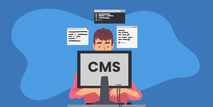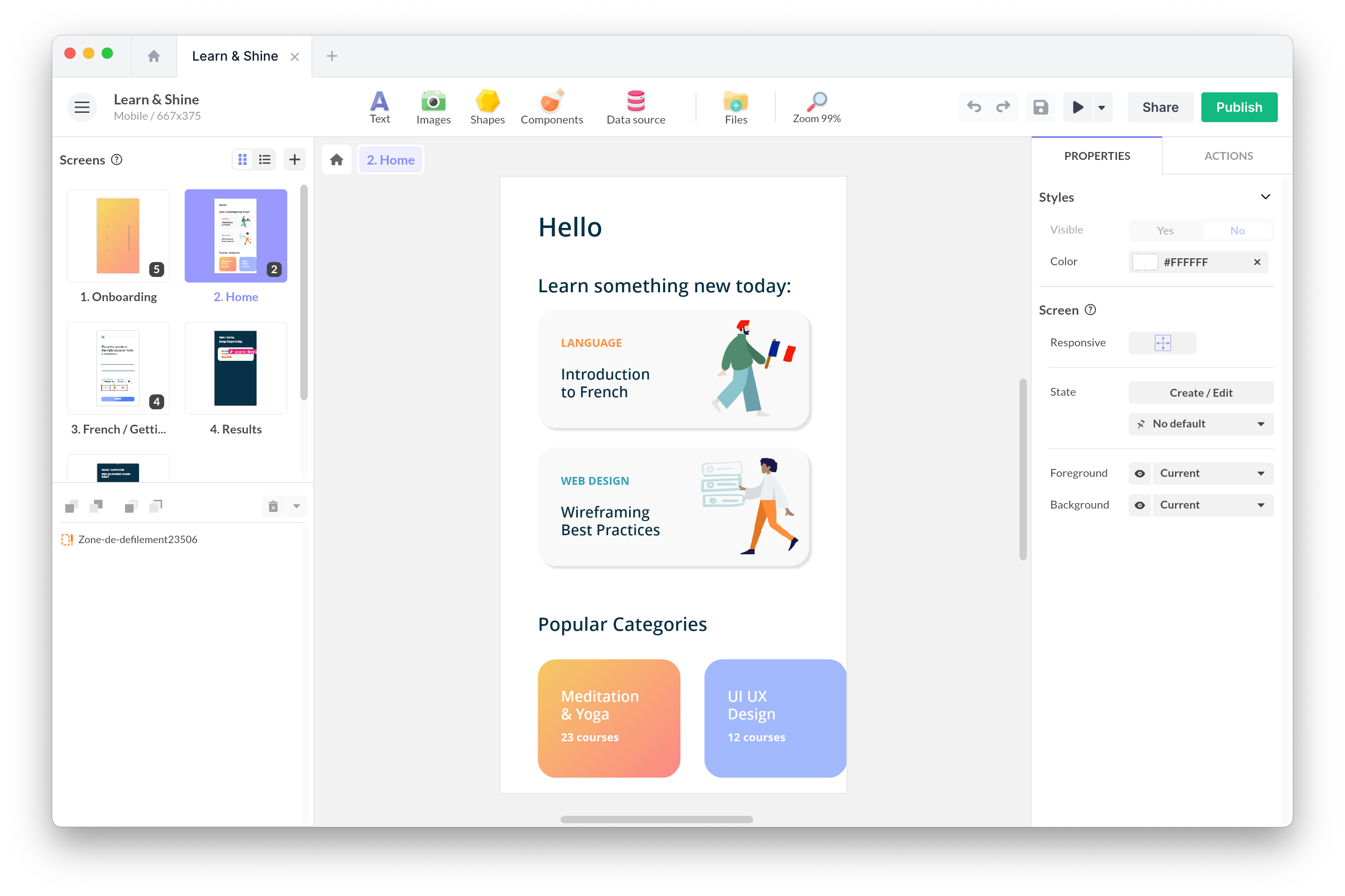Thu, Aug 8, 2024
Discover the Best Headless CMS Platforms in 2024

Since its creation in 2003, WordPress has revolutionized the world of online content management, democratizing access to web publishing and popularizing the term CMS (Content Management System). Like many traditional CMS platforms, WordPress integrates content management (back-end) and content presentation (front-end) into a single tool, offering an all-in-one solution for creating and managing websites.
For years, WordPress dominated the digital landscape, allowing millions of users to create and manage their websites with ease. However, this tight integration between back-end and front-end has revealed certain limitations. Whether in terms of customization, performance, or scalability, using a single platform to manage the entire process has its constraints. Developers and businesses seeking more flexible and modular solutions began exploring new approaches.
The Rise of Headless CMS
The rapid evolution of web technologies and the rise of APIs paved the way for a new generation of content management systems: headless CMS. Unlike their predecessors, headless CMS platforms focus solely on back-end content management, offering the flexibility to connect to any front-end, whether for websites, mobile applications, or even IoT devices. This decoupled architecture allows for unprecedented creative freedom, enabling seamless and consistent content distribution across multiple platforms.
PandaSuite and Headless CMS
At PandaSuite, we understand the importance of this flexibility. Our platform allows for the creation of custom interactive interfaces while perfectly integrating with several headless CMS through their APIs. Faced with numerous questions, we have written this article to explain the advantages of these new tools and present the best headless CMS compatible with PandaSuite.
What is a Headless CMS?
A CMS (Content Management System) is software designed to create, update, and manage digital content. A headless CMS, as its name suggests, is not directly connected to a front-end interface (head). It functions as an independent back-end, offering an API that allows content to be displayed on various platforms: web, mobile, IoT, etc.
Advantages of Headless CMS
The advantages of using a headless CMS are numerous:
- Flexibility: Headless CMS platforms allow free choice of front-end technology, offering greater design and innovation freedom.
- Scalability: By separating the back-end from the front-end, headless CMS platforms facilitate managing large volumes of traffic and content, improving site and application performance and responsiveness.
- Security: The decoupled architecture provides better protection against cyberattacks by reducing the potential attack surface.
- User Experience: Headless CMS platforms enable the creation of consistent and optimized user experiences across different devices and platforms.
Best Headless CMS
PandaSuite is compatible with several headless CMS, offering great flexibility in content management and integration. Among the commonly used headless CMS with PandaSuite are:
Sanity

Sanity is a headless CMS known for its flexibility and advanced customization capabilities, ideal for projects requiring complex content structures and real-time updates. Users particularly appreciate its customizable interface, Sanity Studio, which can be adapted to specific needs. Sanity offers a robust API for varied integrations and a usage-based pricing model, providing great transparency and flexibility. However, some users find the interface somewhat complex without deep technical knowledge.
Contentful

Contentful offers an intuitive and user-friendly interface, making it easy for non-technical teams to adopt. It provides powerful APIs (GraphQL and RESTful) and a rich marketplace of extensions, making it a popular choice for large companies seeking a scalable and reliable solution to distribute content across multiple channels. Users appreciate its extensive documentation and responsive customer support, although the cost can be a barrier for smaller organizations.
Strapi

Strapi is an open-source headless CMS offering great customization and control, perfect for developers and technical teams. It allows for highly personalized content schemas and source code modifications according to specific needs. Strapi offers flexible APIs (GraphQL and REST) and benefits from an active community developing plugins and extensions. Users appreciate its flexibility and ease of integration with other systems, although the initial setup can be complex for beginners.
Kontent

Kontent stands out for its integrated collaboration tools and multi-site management, making content management smooth and efficient for marketing and content teams. Its ability to manage multiple projects from a single account makes it an ideal solution for companies needing centralized management. Users praise its workflow features and user-friendly interface, although some find the initial learning curve somewhat steep.
PandaSuite allows you to download the responses from these APIs (and associated resources) for full offline use. This means that your client can use their preferred CMS service to manage and modify content, while you can update and save the project to integrate new data.



